Joe Biden jura y se convierte en el presidente número 46 de EEUU
A las 11.50 hora local (16.50 GMT), Joe Biden comenzó el juramento con el que se compromete a «preservar, proteger y defender la Constitución de Estados Unidos».
«Así que Dios, ayúdame», exclamó Biden al término del juramento.
Biden juró el cargo sobre la misma Biblia que ha utilizado con ese fin durante toda su carrera política: un enorme tomo que es propiedad de su familia desde 1893 y que mide casi 13 centímetros de ancho (5 pulgadas).
El presidente electo se apoyó por última vez en esa Biblia para jurar en 2013 su segundo mandato como vicepresidente estadounidense, cargo que ejerció entre 2009 y 2017 con Barack Obama como presidente.
Obama presenció a pocos metros de distancia el juramento del que fuera su mano derecha en la Casa Blanca.
El juramento del cargo fue tomado por el juez John Roberts, presidente de la Corte Suprema de Estados Unidos.
La investidura se celebra con un público reducido debido a los protocolos para evitar los contagios por Covid-19, y un dispositivo de seguridad sin precedentes en la historia del país, con hasta 25.000 militares desplegados en Washington.
La ciudad está en máxima alerta desde que el pasado 6 de enero cientos de seguidores radicales del presidente saliente de EEUU, Donald Trump, asaltaran el Capitolio, un suceso que conmocionó al país y que arrebató la vida a cinco personas, incluido un policía.
Rompiendo con la tradición, Trump no asistió al acto de investidura de su sucesor y puso rumbo a su mansión privada en Palm Beach (Florida), estado donde llegó poco antes del inicio de la ceremonia.
El vicepresidente saliente, Mike Pence, sí asistió al acto, a la que también acudieron la mayoría de los legisladores estadounidenses y anteriores mandatarios, como George W. Bush (2001-2009) y Bill Clinton (1993-2001), junto a sus respectivas esposas, Laura Bush y Hillary Clinton.
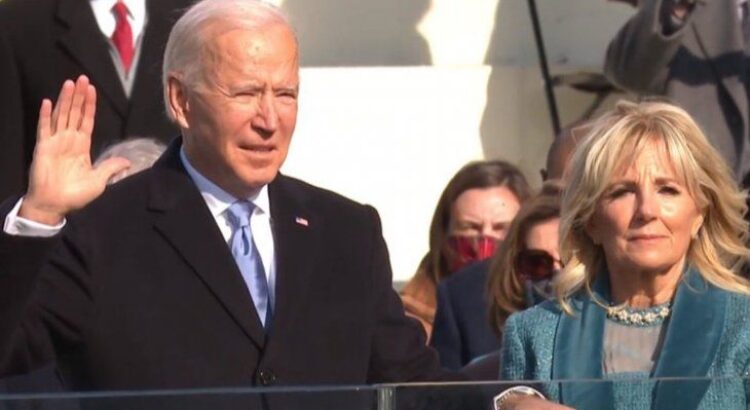
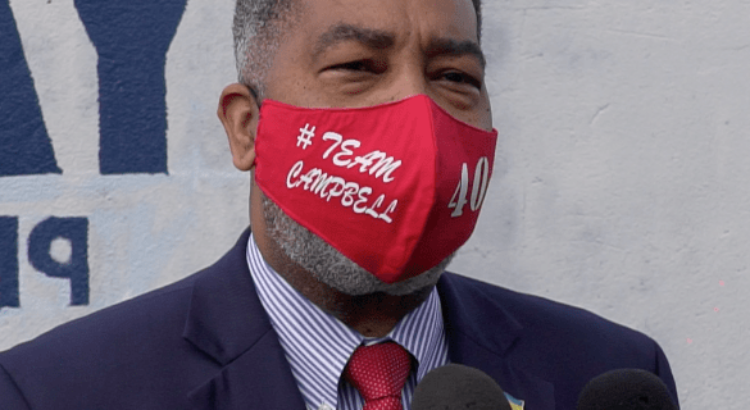





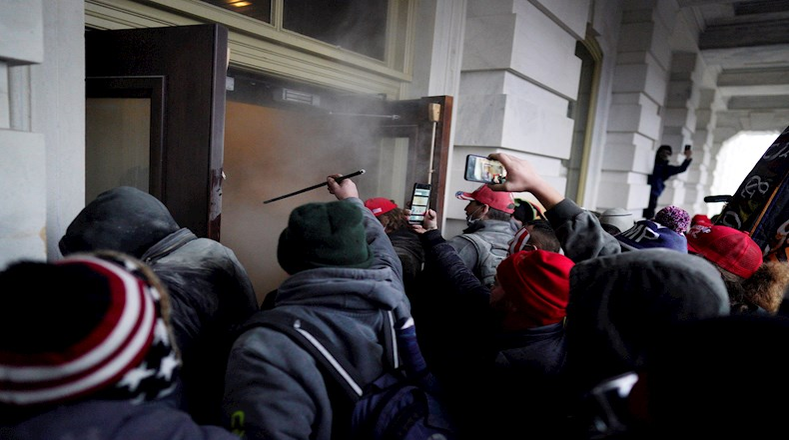

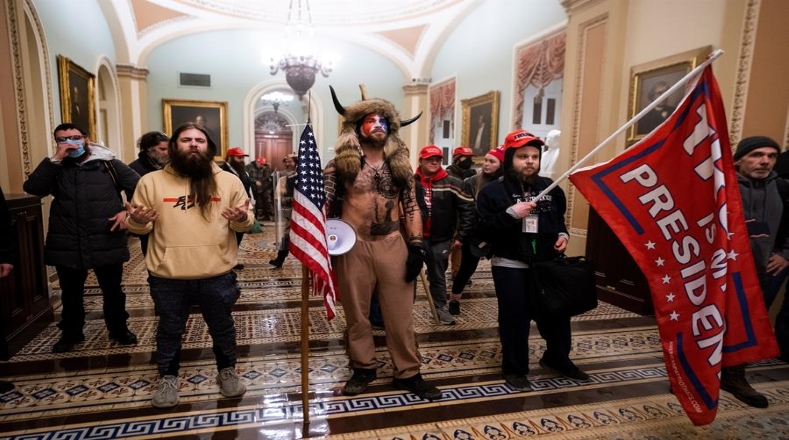
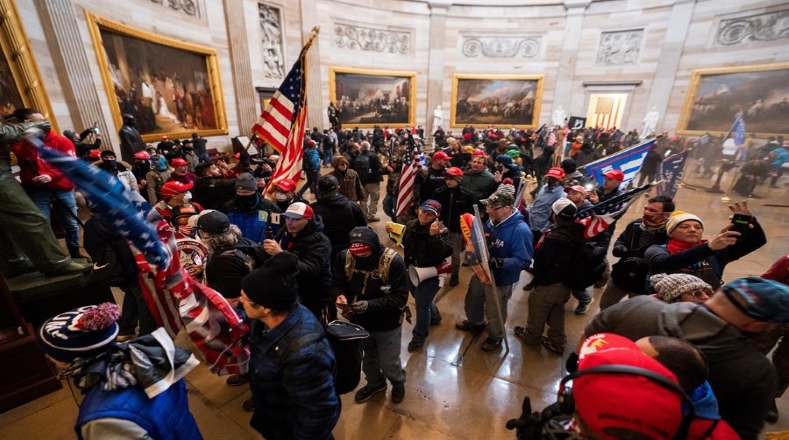




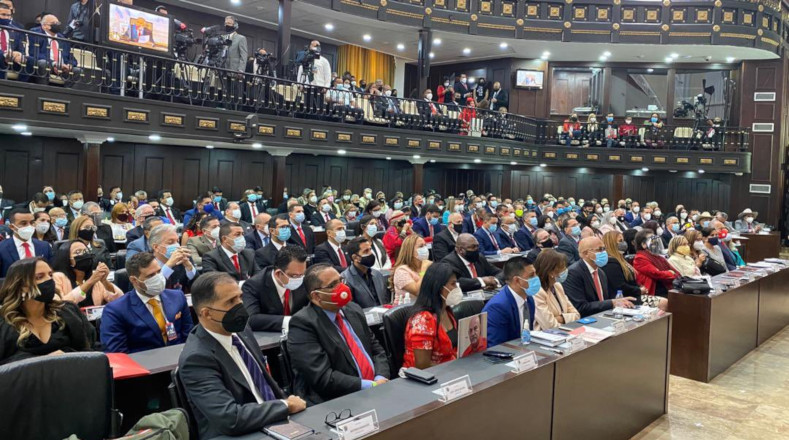







 Users Today : 209
Users Today : 209 Total Users : 35459804
Total Users : 35459804 Views Today : 371
Views Today : 371 Total views : 3418343
Total views : 3418343